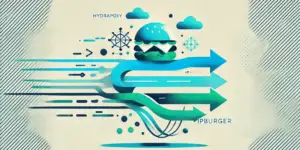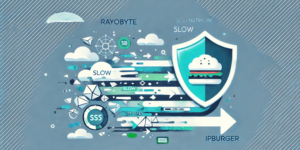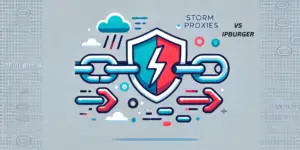The challenges of web scraping are vast. But do not let that get to you—-we´ve got you covered in this in-depth guide.
Greetings, scraper-in-training! If you’re here, you’re ready to take on the world of web scraping. It’s a fascinating and complex endeavor that can be both rewarding and challenging.
Don’t worry if you’re feeling a bit overwhelmed—we’ve got you covered!
In this article, you’ll find all the tips and tricks you need to overcome the challenges of web scraping and start collecting the data you need. So, grab your scraper, and let’s get started!
What is web scraping?
Web scraping is a powerful way to get information from websites. It lets you turn unstructured data into insights that you can act on. It’s a great tool in your toolbox, allowing you to work smarter, not harder.
Web scraping is a way of collecting data from the internet in an automated, efficient way. It sends a request to the web server, which then sends the requested data back to the scraper. The scraper then collects the data and stores it in a structured format (like a spreadsheet) to analyze it further. It’s a great way to get the data you need in a fraction of the time it would take to search for it manually.
Why is web scraping a challenge?
Web scraping is time-consuming and resource-intensive. Depending on the complexity of the website, the amount of data to be scraped, and the tools used, the process can take a significant amount of time.
Additionally, web scraping can be difficult and requires significant technical knowledge and understanding.
Organizations need the right people, tools, and processes for web scraping to work. Data privacy laws must also be taken into account to make sure the data is collected legally and morally.
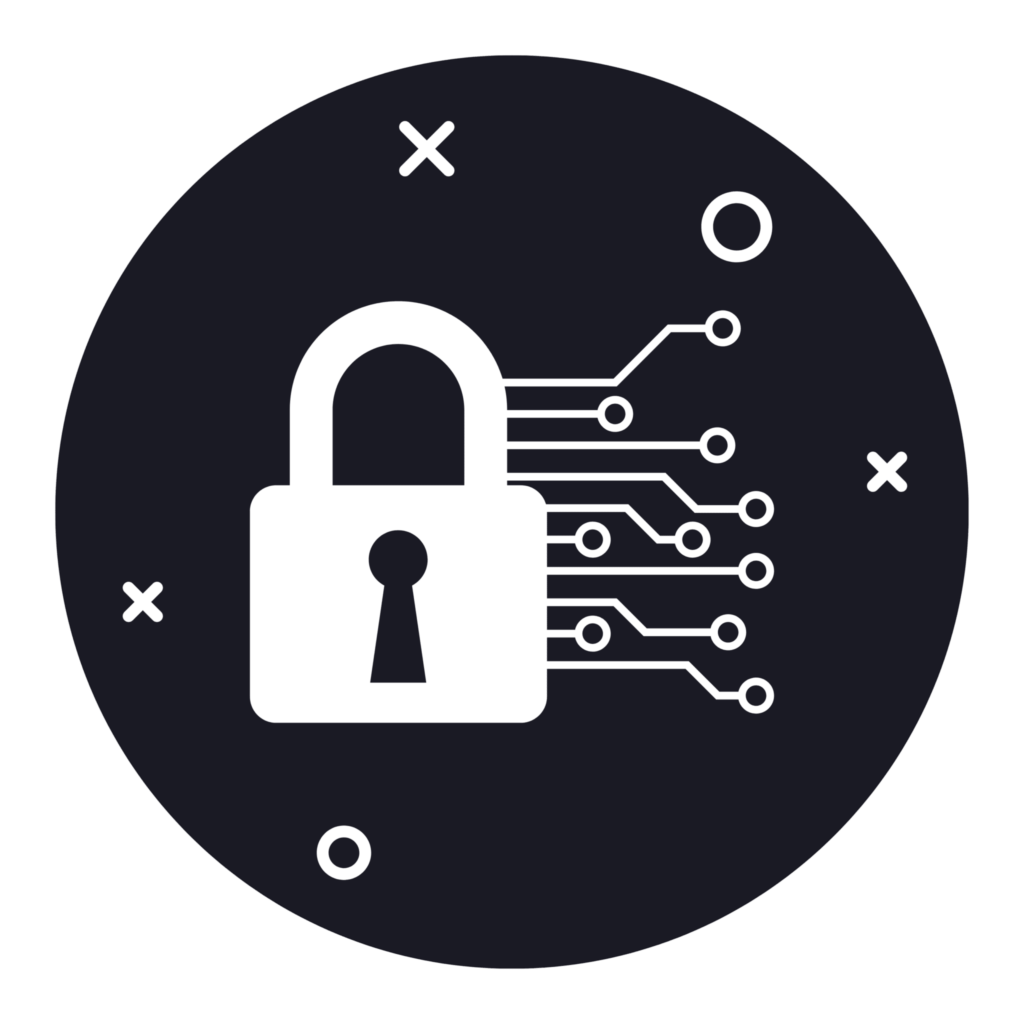
Identifying Challenges of Web Scraping
Web scraping is a powerful tool used to extract data from websites, but it also comes with its own set of challenges. Let’s take a look!
Interpreting HTML
HTML documents have a lot of structure, and web scraping programs need to understand this structure to get the information they need. This can be hard because HTML documents are hard to understand, and their structure and syntax can differ.
Dealing with AJAX
AJAX, “Asynchronous JavaScript and XML,” is a way to update a webpage without reloading the whole page. This can be hard for web scrapers because data from AJAX requests can be hard to understand and pull out. To deal with AJAX, web scrapers can use a technique called “headless browsing” to simulate a user’s interaction with a web page and make requests for the data needed. Additionally, web scrapers can use tools like Selenium and Puppeteer to automate this process and make it easier to extract the data.
Identifying and Getting Around Captchas
Many websites employ security measures such as captchas to prevent automated web scraping. This can make it hard for web scraping programs to get to the data they want because they have to be able to get around these security measures.
Dealing with dynamically generated content
One of the hardest parts of web scraping is dealing with content created on the fly. Dynamic content is content made by the server and sent to the user in response to a request. It is often generated using client-side scripts, such as JavaScript, making it difficult to scrape. You must use tools or methods like browser automation, headless browsers, or web scraping APIs to get this content. You can use these tools to interact with the page and get the information you want.
Handling redirects
Redirects are common on websites because they let people go to the most recent and relevant content. When web scraping, it is important to be aware of redirects and how they can impact the data that is being collected. Redirects can cause data to be lost or duplicated, leading to inaccurate results. Also, if the redirects aren’t handled correctly, the web scraper could get stuck in an endless loop and never finish its job. To handle redirects, web scrapers must be able to identify them and keep track of which pages they have already visited to avoid getting stuck in a loop.
Changing website structure
The structure of websites can change over time, which can be hard for programs that use the structure of a website to get data from it. This may imply that web scraping programs must be frequently updated in order to function properly.
Handling cookies and session variables
When scraping the web, getting information from sites that need cookies and session variables can be hard. This is because cookies and session variables are used to track user activity and store data while they are on the website. To scrape these sites, a web scraping program must be able to handle cookies and session variables, which can be difficult to do.

Overcoming Challenges of Web Scrapíng
Scraping data from webpages can be daunting, but with the right tools and techniques, the challenges it presents can be overcome.
Utilizing web scraping tools
Web scraping tools are available to help automate web scraping processes. These tools can help simplify the process of extracting data from web pages and improve the process’s accuracy and speed. Popular web scraping tools include Octoparse, ParseHub, and Scrapy.
Using programming languages
Another way to overcome the challenges of web scraping is to use programming languages such as Python, Java, or Ruby. These languages allow for more control over the web scraping process and can help make the process more efficient. Additionally, these languages can help ensure that the data being scraped is high quality.
Utilizing proxies
Proxies can be used to help protect the identity of the user who is scraping the web. The user’s IP address is hidden by using a proxy, which can help keep web scraping activities out of trouble with the law. Additionally, using proxies can help to improve the speed of the web scraping process.
Using custom code to parse HTML
1. Use Regex: Regular expressions are powerful tools for parsing HTML. Regex lets you look for certain patterns of characters in a string and pull out the information you want.
2. Use HTML Parsers: HTML parsers are libraries that provide functions to parse and extract data from HTML documents. Popular HTML parsers include HTML Agility Pack, Beautiful Soup, and lxml.
3. Use Web Scraping Frameworks: Web scraping frameworks are libraries that provide a set of functions to simplify the process of web scraping. Popular web scraping frameworks include Scrapy, Selenium, and Puppeteer.
Employing APIs
APIs are a great way to bypass the challenges of web scraping, as they provide a more direct way to access data. Most of the time, APIs are much easier to use than web scraping because they offer a more user-friendly way to access data. Also, APIs usually give more reliable results because they are made for developers and data professionals to use. Lastly, APIs often have more up-to-date data than web scrapers because they are updated more often.
Utilizing headless browsers
Headless browsers are browsers without a graphical user interface. They simulate how a user would interact with a web page in the same way a regular browser would, but without the visual parts. This can be helpful for web scraping because it lets the scraper interact with the page the same way a person would. This can help the scraper avoid being blocked or found out as a bot. Also, headless browsers can be programmed to speed up and improve the scraping process.
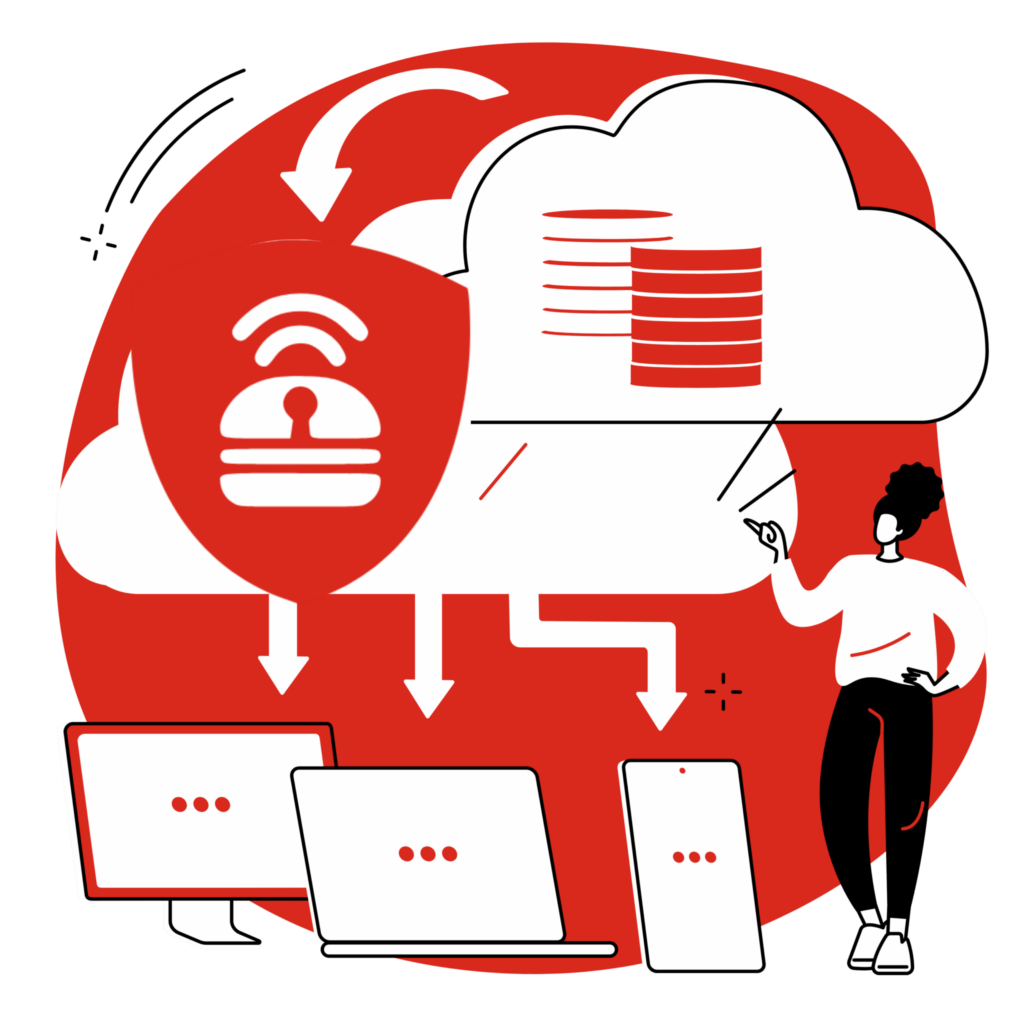
Proxies for the Challenges of Web Scraping
Web scraping is a powerful tool for gathering data from the internet. It can fetch data from websites, databases, and other online sources. But before you start web scraping, it’s important to know what problems it can cause and how to fix them.
One of the biggest challenges of web scraping is dealing with anti-scraping measures put in place by websites. To overcome this challenge, it is important to use proxies when scraping. Proxy servers can hide a user’s identity and location, so anti-scraping measures won’t stop them from getting to the data. IPBurger provides high-quality proxies to use when web scraping.
To succeed in web scraping, it is important to follow best practices. This means knowing the rules and laws about web scraping, using multiple proxies to make sure you can trust them, and using the right tools and methods.
IPBurger provides reliable proxies for web scraping. Its proxies are fast, safe, and cheap, which makes them perfect for scraping websites. With IPBurger, users can get information from any website without being stopped by measures meant to stop scraping.

